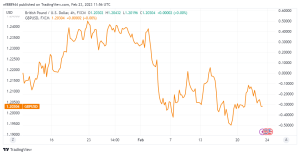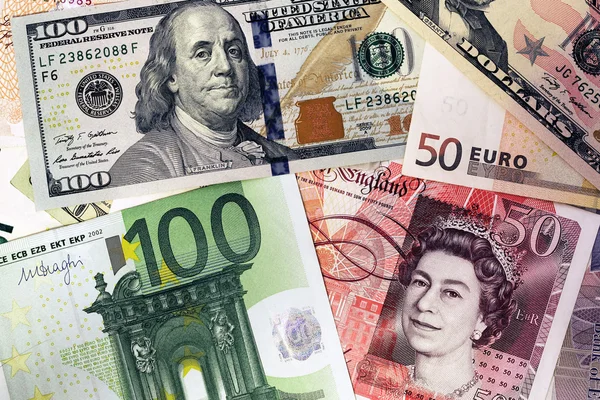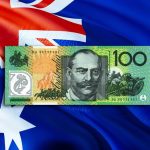GBPUSD pair has continued to decline.
Thursday saw the GBPUSD currency pair resume its decline near 1.2000 after Wednesday’s gains sparked by the PMI were mostly undone.
The minutes of the most recent FOMC meeting, which was held before the strong January employment report and inflation statistics, revealed on Wednesday that some policymakers thought a rate rise of 50 basis points would speed up the achievement of the inflation target.
Political uncertainty looks to be affecting the pound sterling.
Russia-Ukraine conflict and China’s openings were positive risks to inflation. The remarks in the minutes reminded investors of the Fed’s dedication to tight policy, even though they were not particularly shocking. As a result, the US Dollar kept rising. GBPUSD was pulled down by strength in the late US session.
The US Bureau of Economic Analysis’ second estimate of fourth-quarter GDP growth and the Chicago Fed’s National Activity Index will be featured in the US economic docket on Thursday, alongside weekly Initial Jobless Claims.
These data releases are unlikely to have a substantial influence on the performance of the US Dollar (USD) against its rivals. Yet, risk perception may drive financial market behavior in the second half of the day. In the European session, US stock index futures are up between 0.35% and 1%. After Wednesday’s indecisive close, a significant comeback in Wall Street’s key indexes could weaken the safe-haven USD while helping the GBPUSD contain its losses, and vice versa.
Meanwhile, the United Kingdom Foreign Secretary James Cleverly allegedly told Tory backbenchers late Wednesday that Northern Ireland (NI) protocol discussions with the EU still had “a lot of barriers” to surmount. Moreover, Rishi Sunak stated that Parliament will vote on the final NI protocol agreement with the EU. This news appears to be adding to the uncertainty and dragging on the Pound Sterling by hinting that a deal with the EU may be rejected by Eurosceptic MPs.
GBPUSD Technical Outlook
Sellers began action in the European morning as GBPUSD lost its rebound momentum near 1.2070 (20-period Simple Moving Average (SMA) on the four-hour chart, 50-period SMA, Fibonacci 61.8% retracement). The Relative Strength Index (RSI) indicator fell below 50, indicating the accumulation of negative momentum.

1.2000 (psychological level, static level) aligns as immediate support on the downside. A four-hour closure below that level might pave the way for a further decline towards 1.1960 (previous support, static level) and 1.1930. (static level, lower limit of the descending channel).
GBPUSD must retake 1.2070 and stabilize above that level in order to entice buyers. In that case, 1.2100 (100-period SMA) is expected to operate as a strong resistance level before the pair attempts to reach 1.2140 (Fibonacci 50% retracement).









